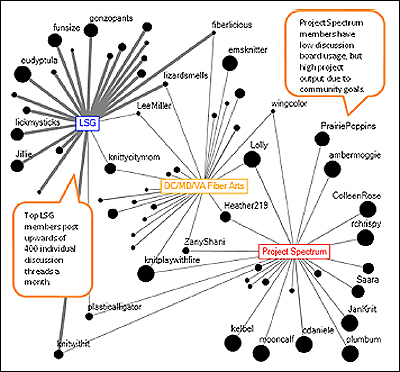News Story
Raghavan finds mining social media can enhance product innovation
Professor S. Raghu Raghavan (Robert H. Smith School of Business/ISR) and Dilek Gunnec of Ozgegin University in Turkey have developed a framework for companies to track and incorporate social media influence into product innovation – resulting in better products that more effectively meet the needs of consumers.Their working paper, "Integrating Social Network Effects in the Share-of-Choice Problem" could guide marketers in mining a social network to get to know a consumer's range of preferences and incorporate them in the design process for better products that can reach a larger market share.
The researchers developed a mathematical technique—a genetic algorithm based on Darwin's theory of natural selection -- to optimize product design for maximum market share. They used the algorithm to simulate product design phases, with and without accounting for social network effects.
Results showed "ignoring social network effects in the design phase resulted in an inferior product; that is, one with a significantly lower market share," said Raghavan. "Peer or social network effects haven't been taken into account by product designers, but we believe it to be a looming, natural convergence of social networking platforms, online shopping sites and product design. The trigger would be a social network such as Facebook and an online shopping site like Amazon cooperating to produce the analytical data."
Users of both Facebook and Amazon can link those accounts, and many other online shopping sites encourage Facebook account logins. "It's likely a matter of time before a shopping site will identify you and tell you how many of your Facebook friends have purchased a particular product," said Raghavan.
The model incorporates the effect of peer influence within share of choice analysis. "Designers already account for the degrees to which consumers value product attributes such as color, size and fabric," Raghavan said. "We further take into account that we, as consumers and friends, tend to listen to one another when it comes to trying a new product."
Companies also can engineer these influencers to help draw more buyers of their products by targeting the influencers with price discounts. This "least-cost incentive" approach would minimize discount pricing losses.
—Thanks to Greg Muraski, Robert H. Smith School of Business, for this story.
Published February 25, 2014





